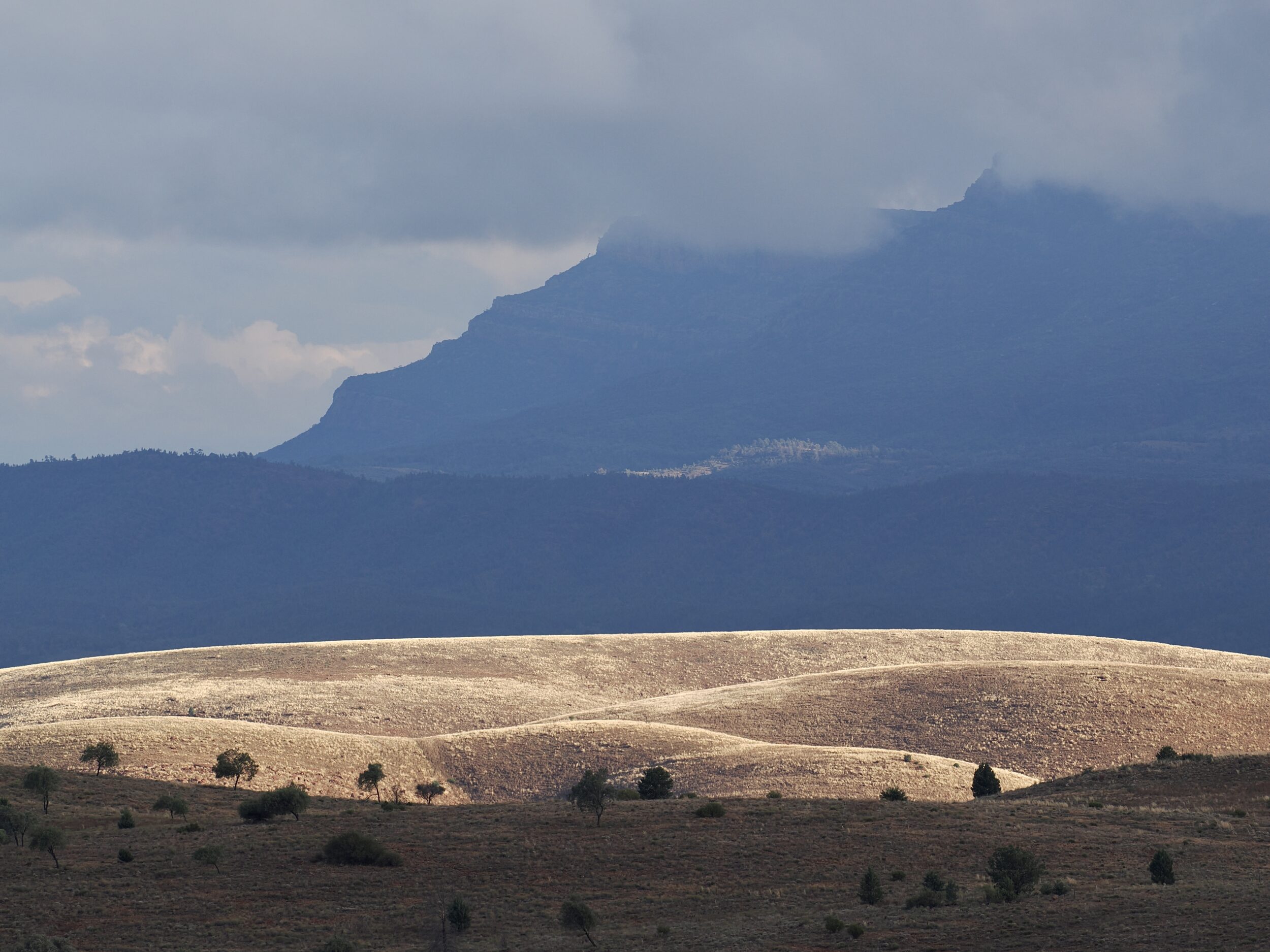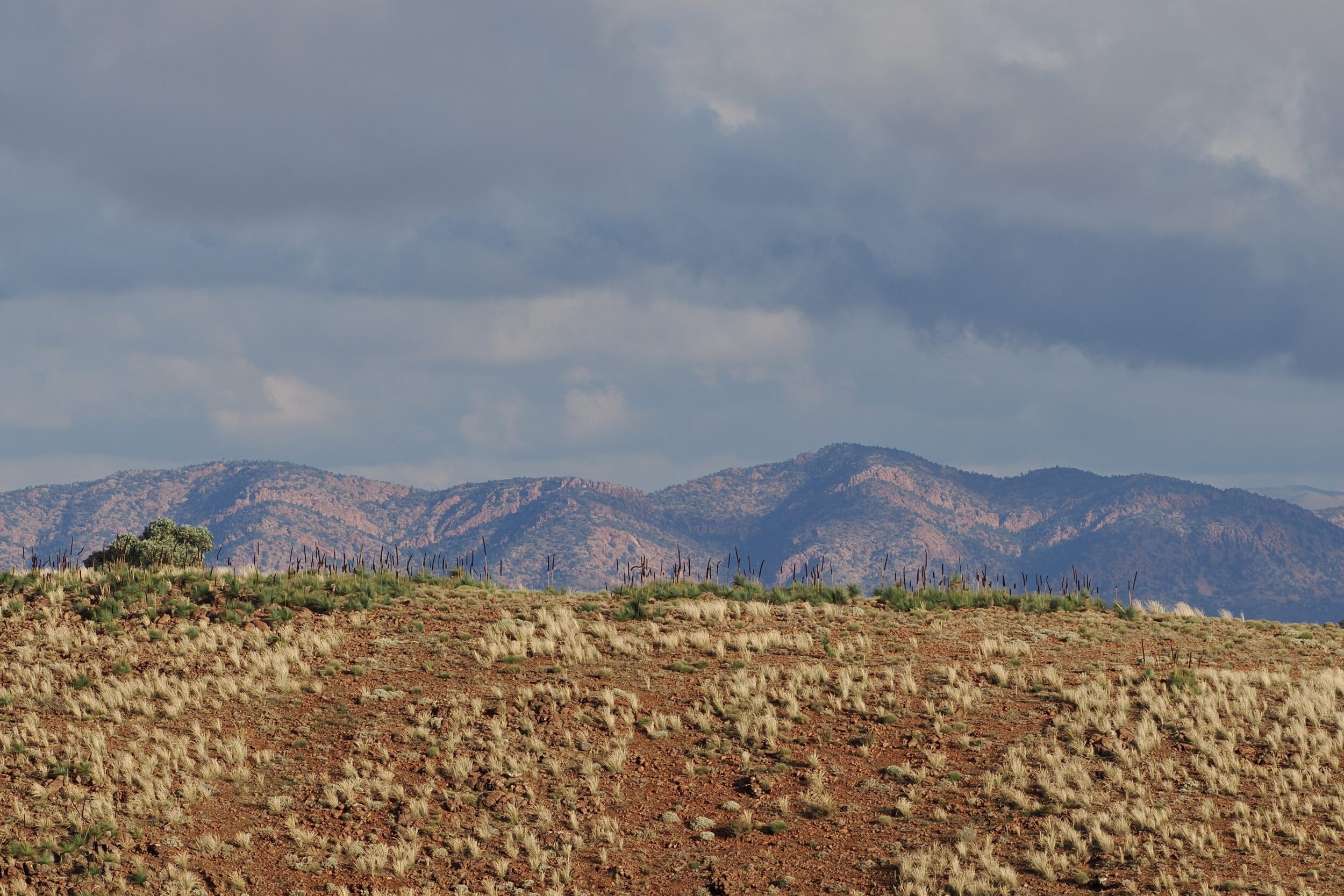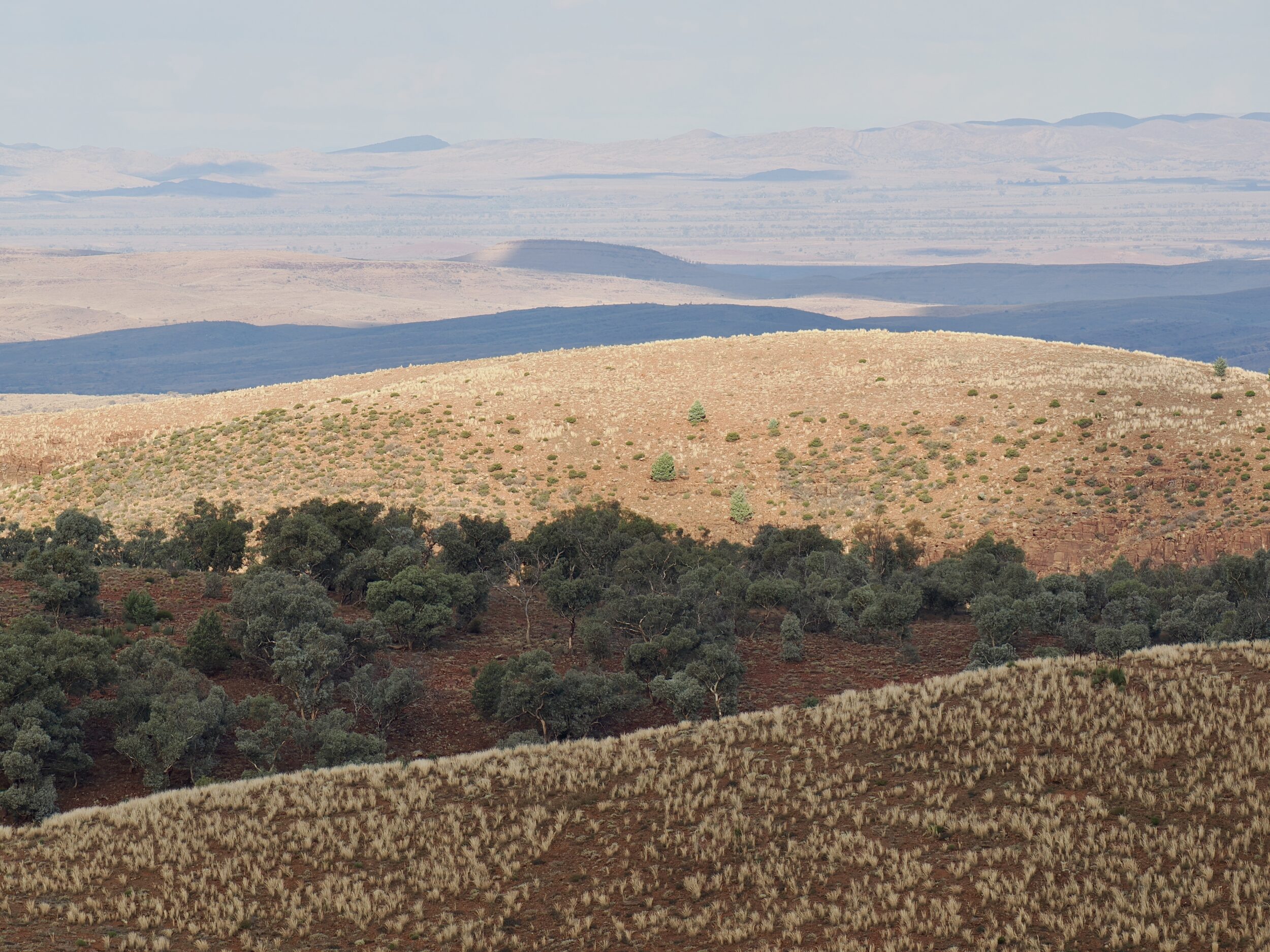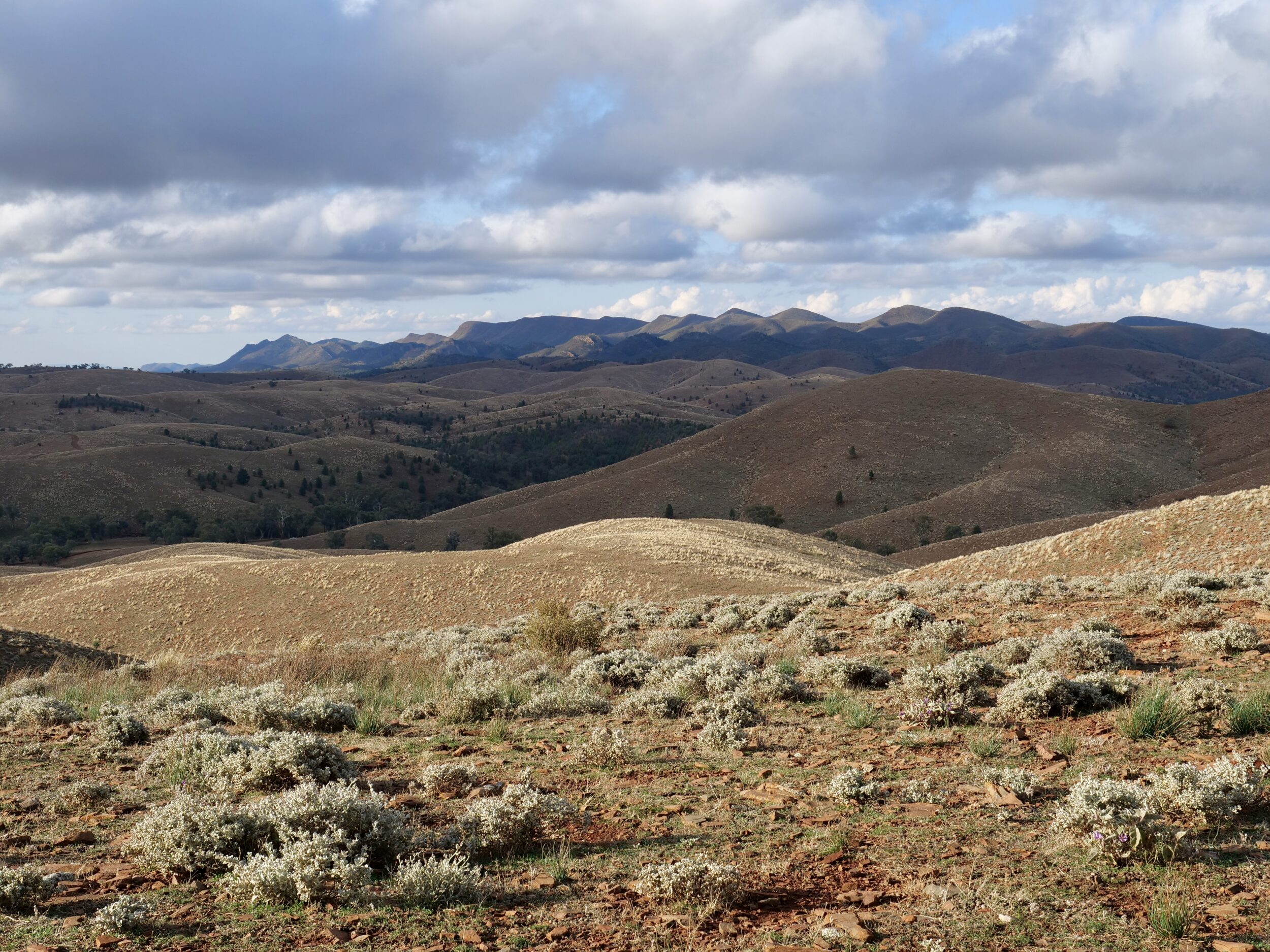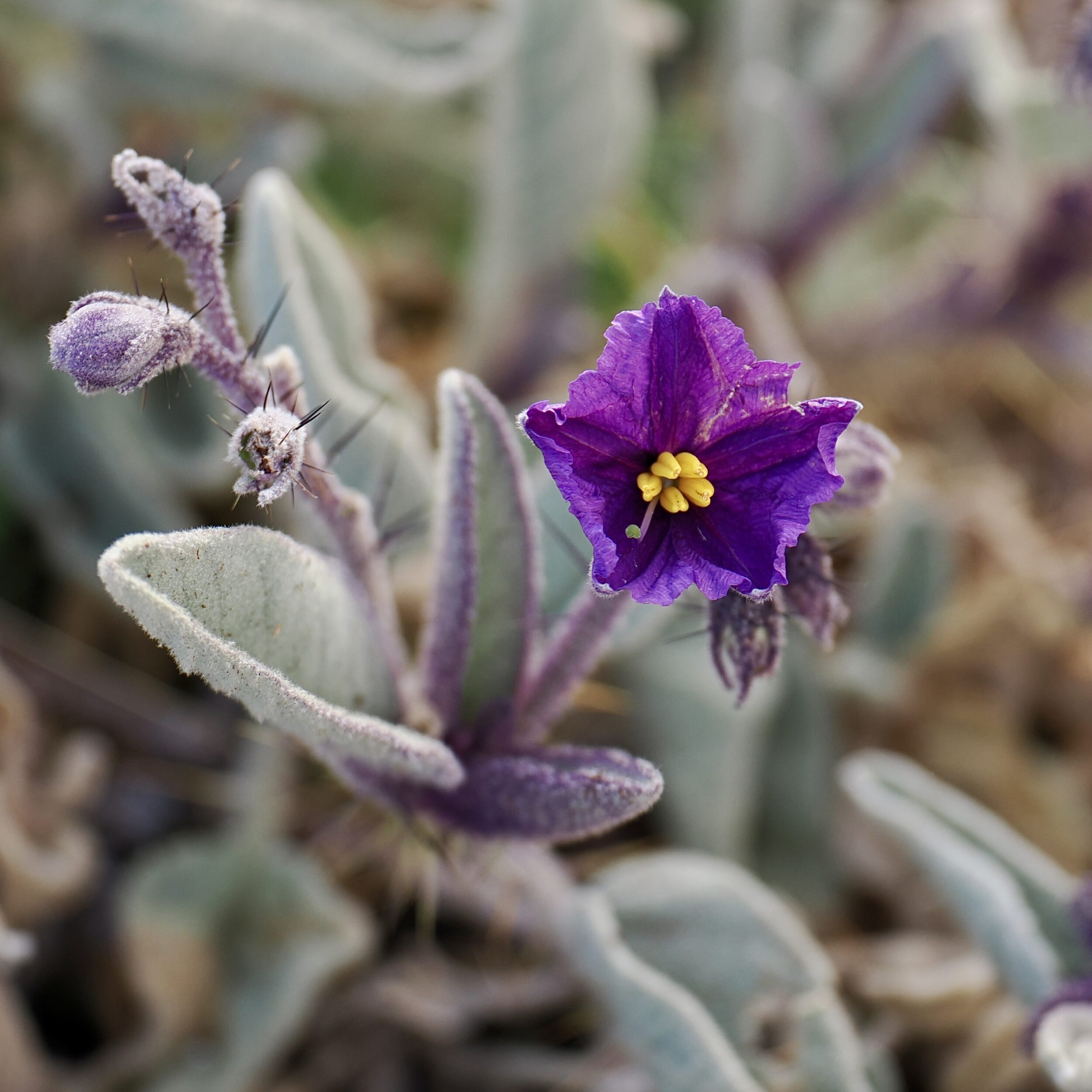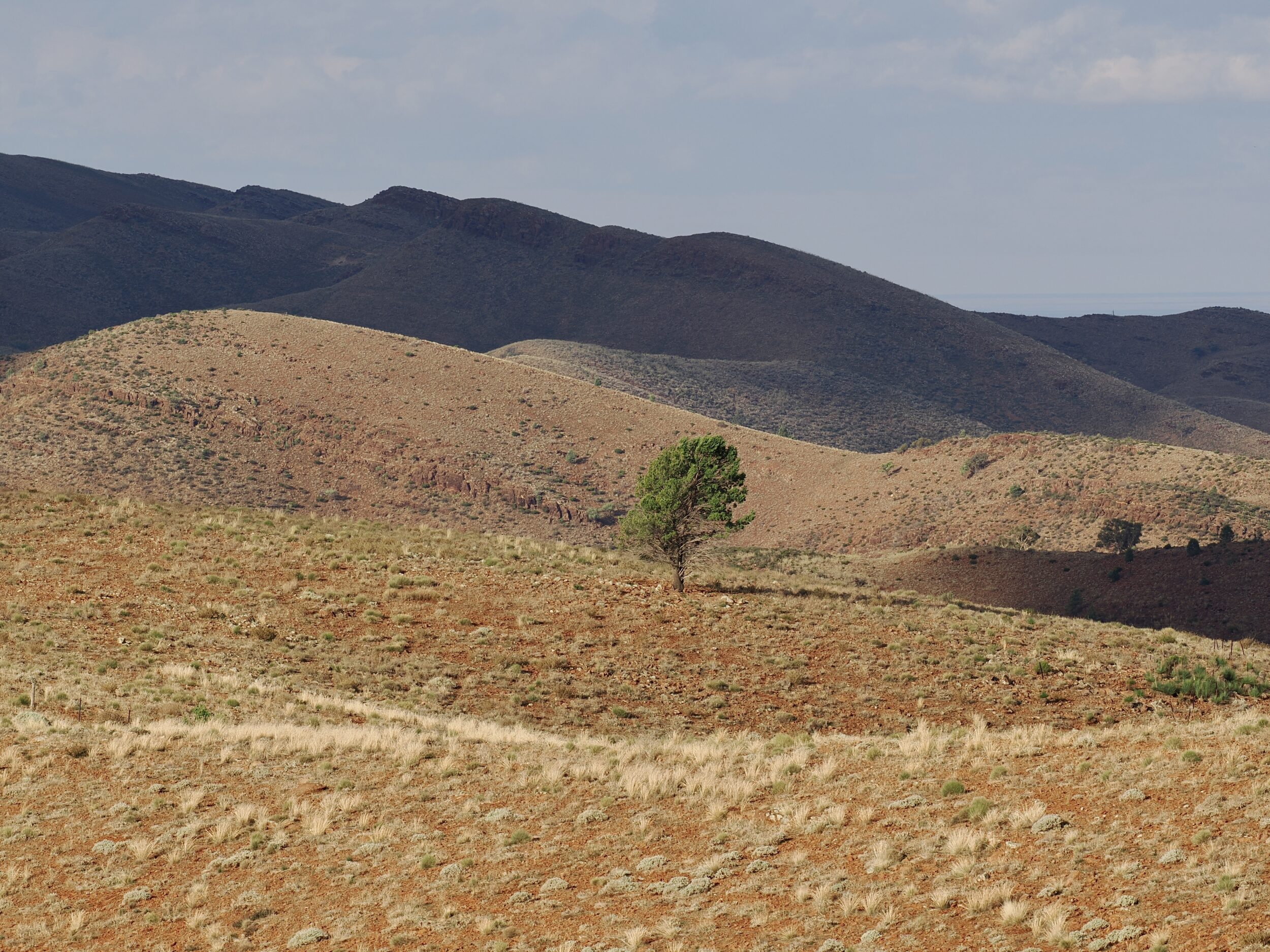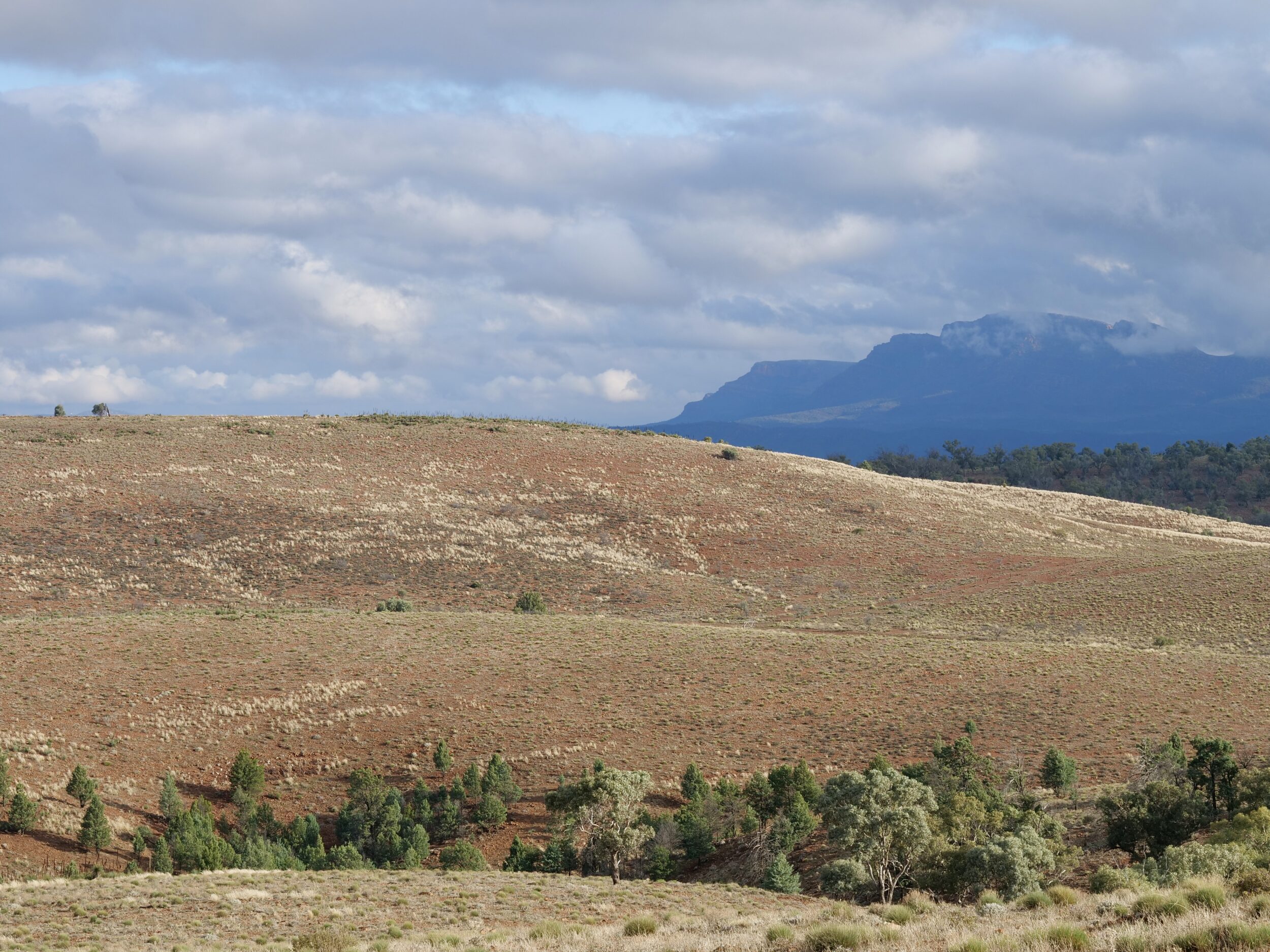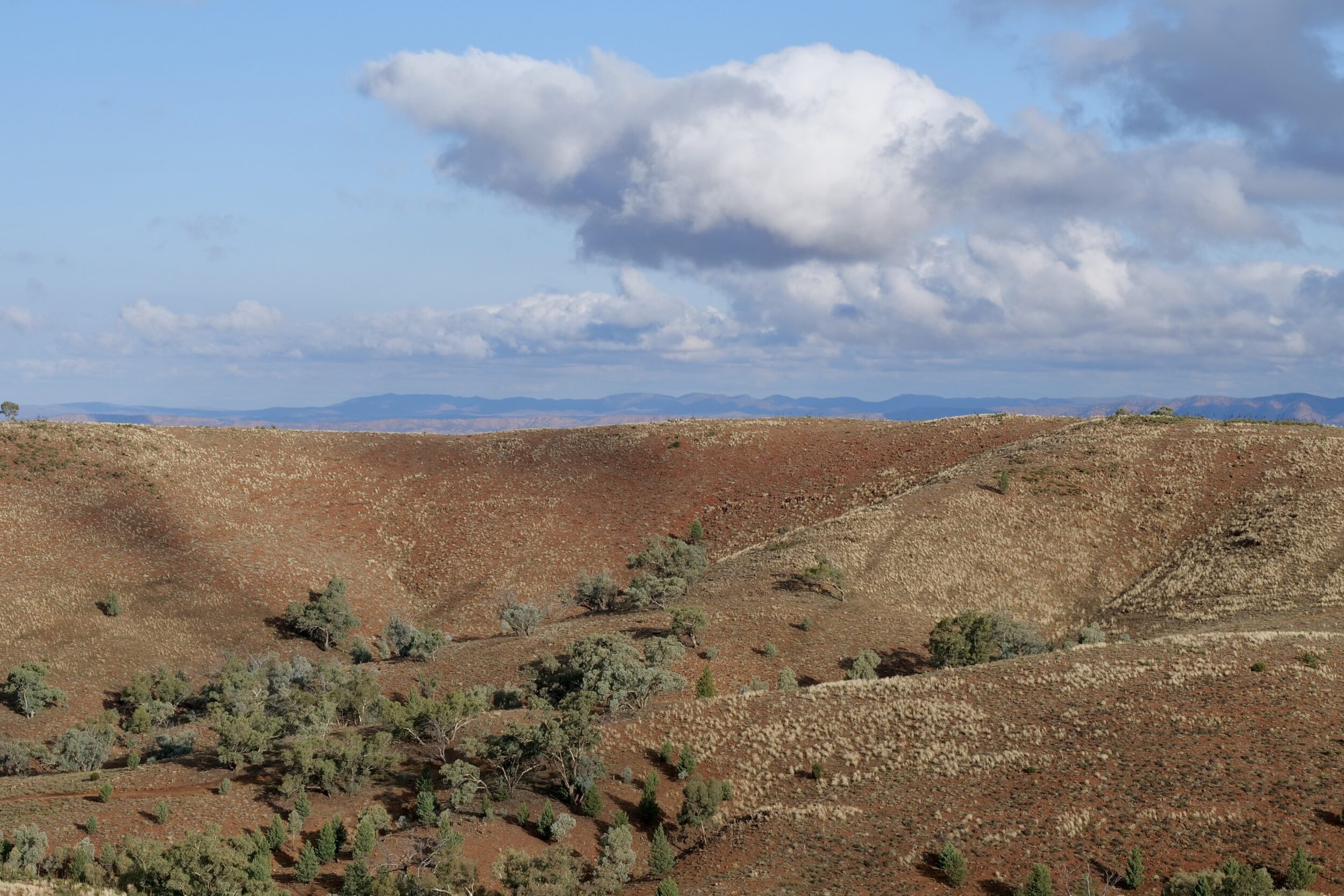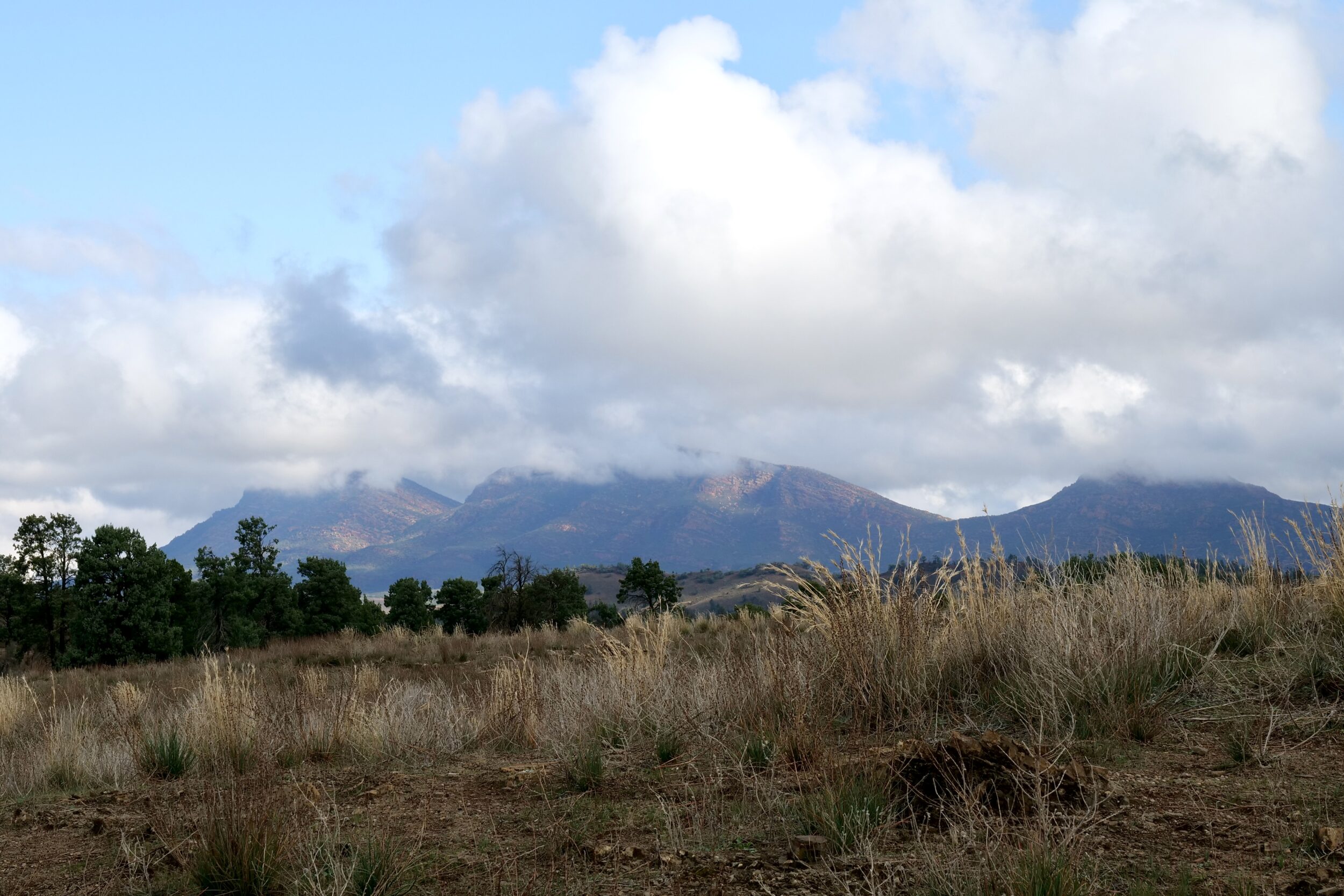For the most part, the Flinders Ranges – South Australia’s largest/longest “mountain” chain – run south-north, for more than 430 kilometres.
Of greatest interest to most tourists/travellers/walkers/nature-lovers is Ikara-Flinders Ranges National Park, most especially the section within a 30 kilometre radius of Wilpena Pound.
All of the very best locations are best accessed on foot, or only accessible by foot; many of those wonderful sites, however, are only a short and easy walk from somewhere motor vehicles can reach.
If the question is, “what places are legally, sensibly, safely accessible by motorised transport?”, the short answer is,”it all depends….”
